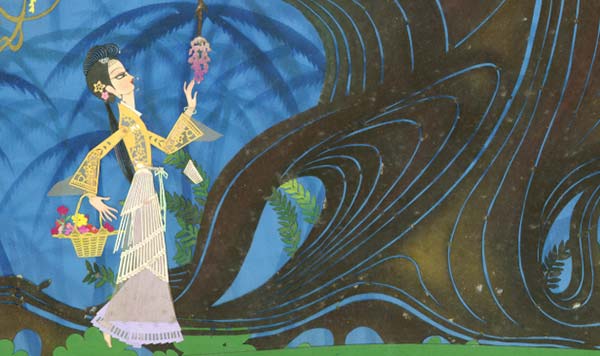 |
|
Golden Conch [Photo provided to China Daily] |
Among those works have been highly acclaimed classics in which traditional Chinese art forms such as ink and wash painting, puppet show and paper-cut have been used, and that has made the studio a beacon that has drawn worldwide attention to the Chinese animation industry.
As it has done that, Qian has been tightly bonded to its ups and downs like no other person.
Born in Jiangsu province in 1929, Qian studied fine arts at the Central South Academy of Arts in Wuhan, Hubei province, from which he graduated in 1950.
In 1954 he was recommended by the celebrated painter Wu Zuoren to study animation in Czechoslovakia, the only such student in China that year.
Czechoslovakia had classics that influenced a generation of Chinese such as the animated TV series The Little Mole and the live-action movie The Good Soldier Schweik.
"I knew very little about animation before going to Czechoslovakia," Qian says.
Much to his surprise, by and large Czechs preferred the animated film The Good Soldier Schweik to its liveaction version, he says.
Seeing some of the most popular animated productions, many relating to war, Qian began to be fascinated by animated works, with which he felt it was easier to tell serious stories in an ultrarealistic, upbeat way.